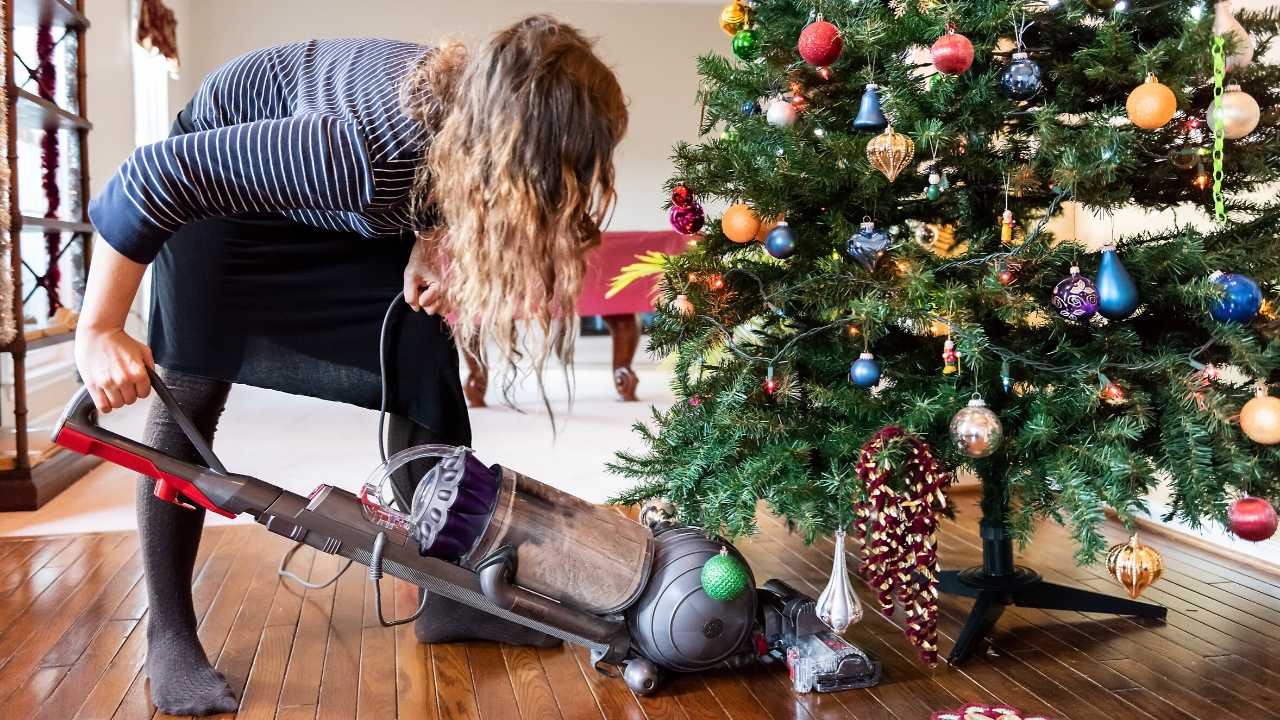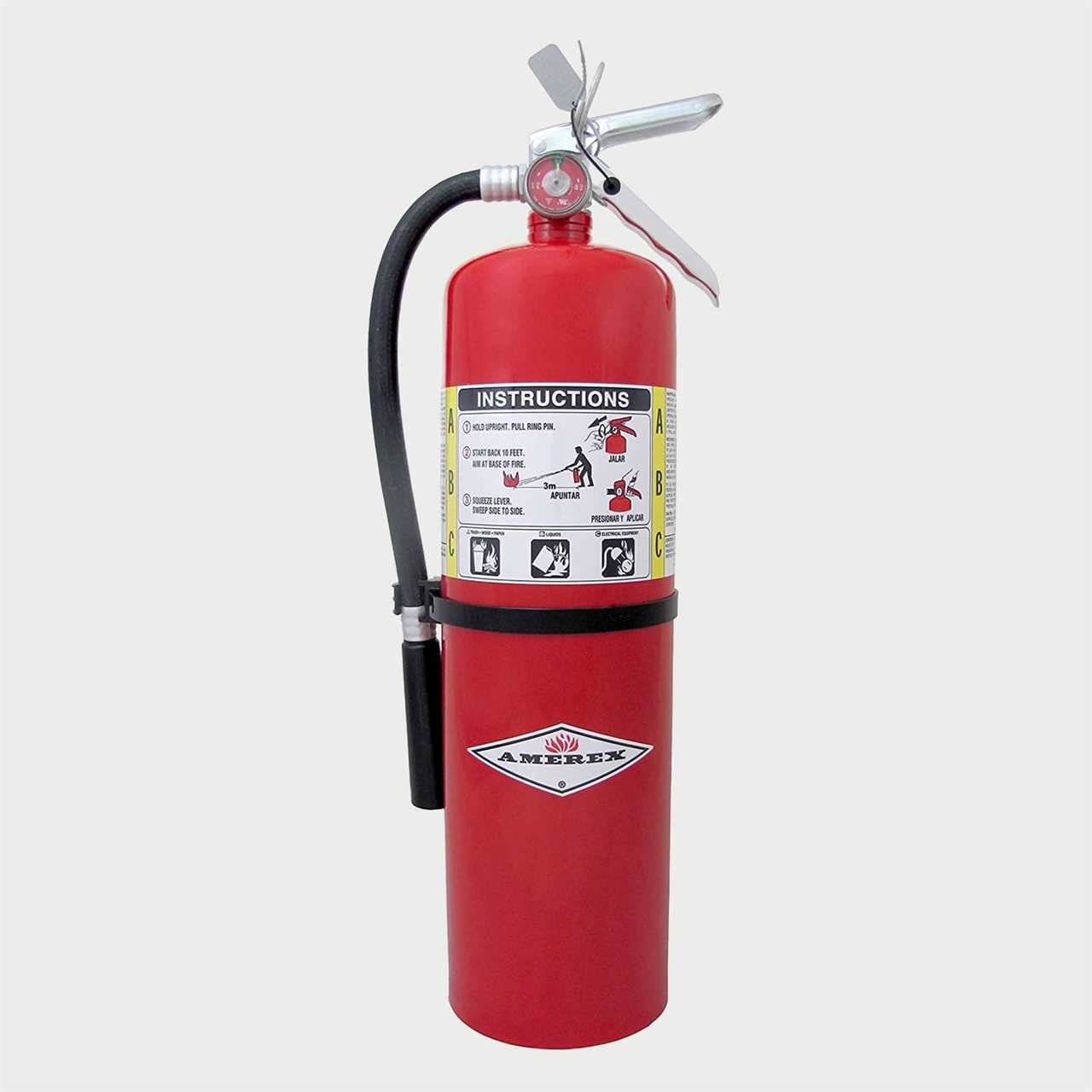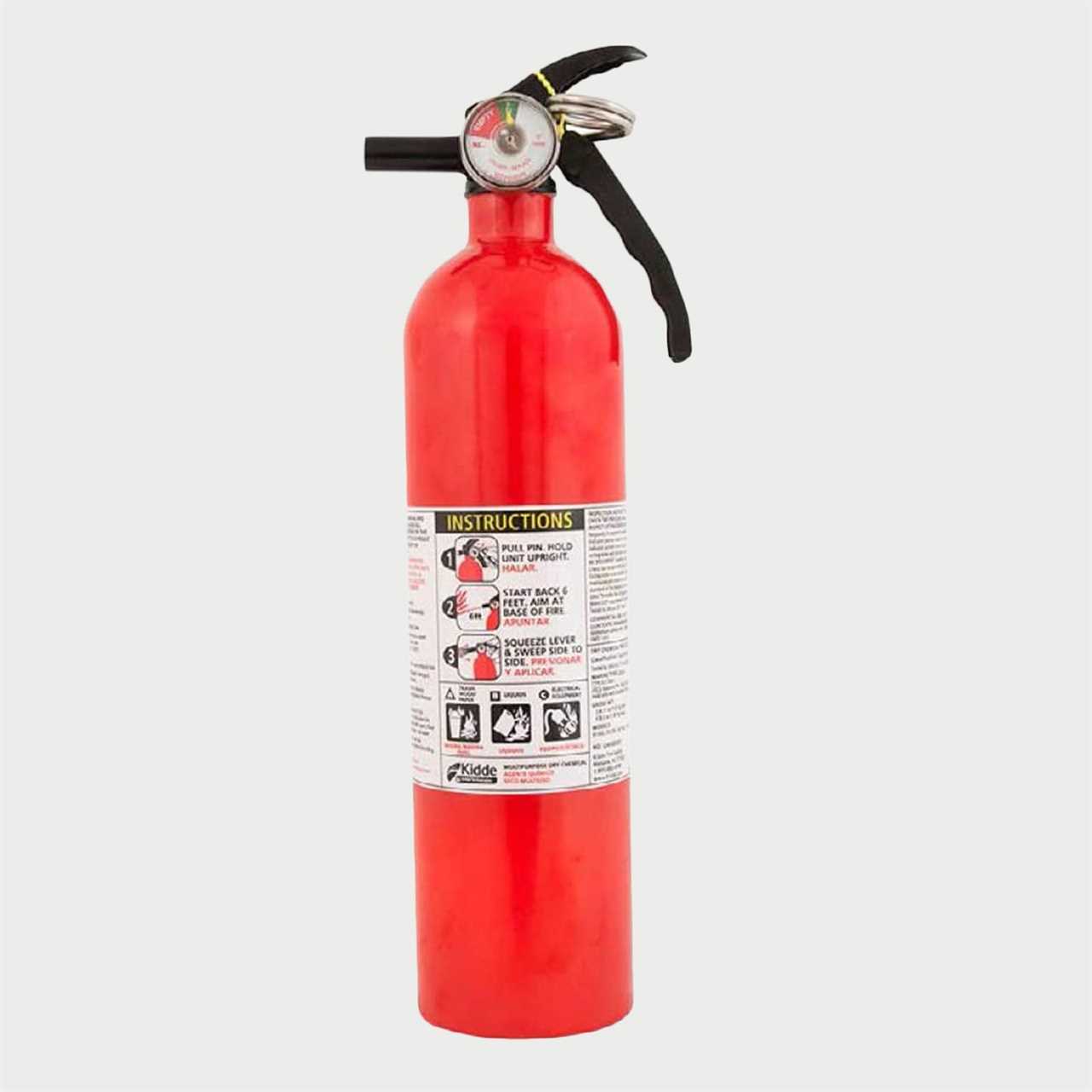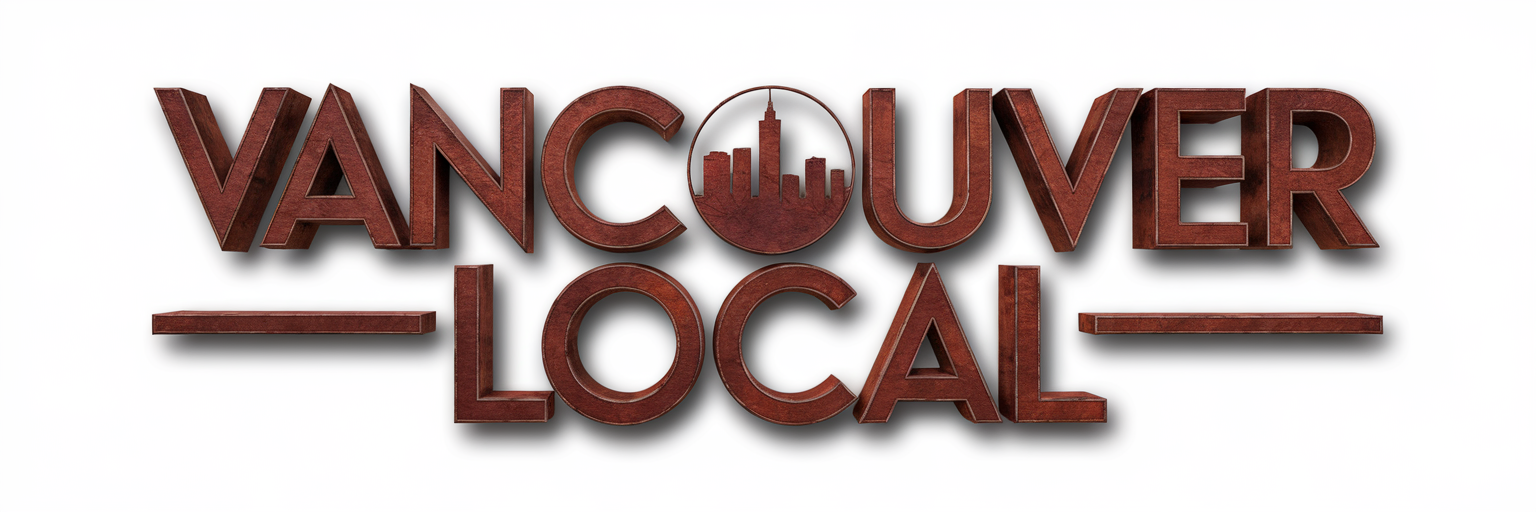Each year U.S. fire departments respond to more than 300,000 home fires. Those start in all sorts of ways, from people falling asleep smoking to setting the Christmas tree ablaze. But about half start at the kitchen stove, according to the National Fire Prevention Association (NFPA).
“In approximately 80 percent of all fire incidents, a simple portable fire extinguisher is all that is needed to put out the fire,” says Thaddeus Harrington, public affairs specialist with the U.S. Consumer Product Safety Commission. “Studies have also shown that 60 percent of fires go [unreported]. This means that the fire is not severe and can be handled easily with a fire extinguisher.”
Those are decent odds for preventing a catastrophic home fire, provided you have a fire extinguisher at hand and know how to use it. Here’s how to find the right one to keep your family and home safe.
What Is a Residential Fire Extinguisher?
Residential fire extinguishers handle common household mishaps, from grease fires to space heaters gone awry. The main differences between a residential extinguisher and a commercial one are size and durability. Commercial settings also need to deal with a wider variety of combustible sources, as well as larger-scale fires.
“A fire extinguisher is a fire extinguisher, meaning both residential and commercial grades will extinguish a fire,” says Matthew Fix, president of Flow Fire Protection in Fort Collins, Colorado. “Residential grade usually comes with a plastic handle and trigger assembly, whereas the commercial grade will come with a metal assembly.”
Types of Residential Fire Extinguishers
Extinguishers are defined by classes, which describe what type of fire they can subdue — say, an electrical fire versus a flaming curtain.
It’s important to use the right class or the situation can quickly become a lot worse. Trying to put out a grease fire with a water-based extinguisher will make it splash and spread. Because of that, the most common residential extinguishers combine classes A, B and C, so they’re versatile and foolproof.
ABC
Unless you’re really into fire extinguisher technology or work with unusual flammables, the simplest way to go is a combination ABC class.
“The ABC extinguisher is able to handle the most common type of fires, being trash, wood, paper, liquids and electrical equipment in residential and commercial settings,” says Fix. These commonly use a powder that contains monoammonium phosphate, a dry chemical that quickly extinguishes the fire.
Beyond the simple ABC combo, there are five main classes of extinguisher. Each tackles a different source of fire but they all operate the same way, with a nitrogen charge pushing the contents out onto the flames.
Class A
Class A blazes involve ordinary combustibles like wood, paper or cloth. The extinguishing material is often water, but it could also consist of foam or other chemicals. A straight class A should not be used on grease fires.
“A water extinguisher’s purpose is to remove the heat from a fire, breaking the fire triangle of fuel, oxygen, heat, plus a chemical reaction,” says Harrington. “It is a simple solution for the simplest fire class, the Class A fire.”
Class B
These are caused by flammable liquids like grease, gasoline, oil and some paints. A Class B extinguisher contains carbon dioxide, dry chemicals or foam. Straight Class B extinguishers do not work on Class A fires.
Class C
Class C extinguishers are good for energized electrical fires caused by tools or plugged-in equipment. They also contain CO2 or dry chemicals, and they aren’t effective on Class A fires.
Classes D & K
These are primarily for commercial extinguishers. “D fires are combustible metals,” says Harrington. “K fires are more likely to start in commercial kitchens, including restaurants, but also food trucks, office cafeterias, bakeries and other kinds of food businesses.”
For more information on classes, see this blog and fact sheet from the NFPA.
Best Fire Extinguishers for Home Use
When buying a fire extinguisher, consider class, brand, budget and size.
“The most common [brand] on the consumer side is Kidde,” says Fix. “They make everything from consumer entry-level to commercial models and are affordable. More on the commercial-grade side would be Amerex, another good choice and a bit more expensive. Badger is another go-to brand that is more of a commercial quality.”
Best For Kitchen

Fix recommends 2.5- or five-pound ABC models for kitchens. This five-pound one from Amerex is rechargeable. Mount it in an easily reachable place, but not so close to the stove that you couldn’t grab it in a fire. Never store this fire extinguisher under the sink or any place hard to reach.
Best for Workshop

For the garage, Fix recommends a 10-pound ABC like this one from Amerex. Mount it near the door and potential fire hazards, but not so close that it would be inaccessible if a blaze broke out.
If your shop lacks heat and/or air conditioning, make sure to keep the extinguisher out of extreme heat or cold. Kiddie recommends storage temperatures between minus-40 and 120 F.
Best for Budget

A budget extinguisher doesn’t necessarily mean an inferior one. When you pull the trigger, what comes out will still save your home, and it’s far better to have any model than none at all. This 2.5-pound ABC is a good bet from Kidde.
https://cats-cleaning-service-in-kentucky.business.site/?m=true
Cat's Cleaning Service 2400 Stannye Court Louisville, KY 40222 Call Us Today @ 270-823-3148 We clean a residence from the top to bottom, utilizing crevice tools and others to get in the nooks and crannies to get it Cat Clean!!!! #CleaningService #Cat'sCleaning #LouisvilleKY
https://sites.google.com/fuseologycreative.com/fuseology-creative-clients/home

_7.png)





